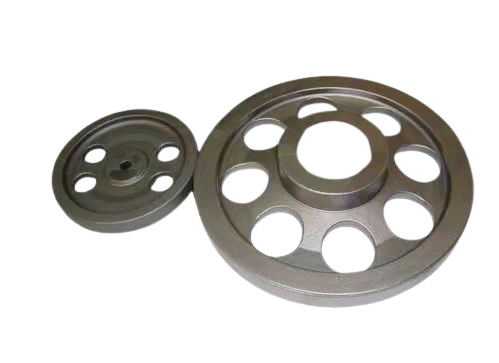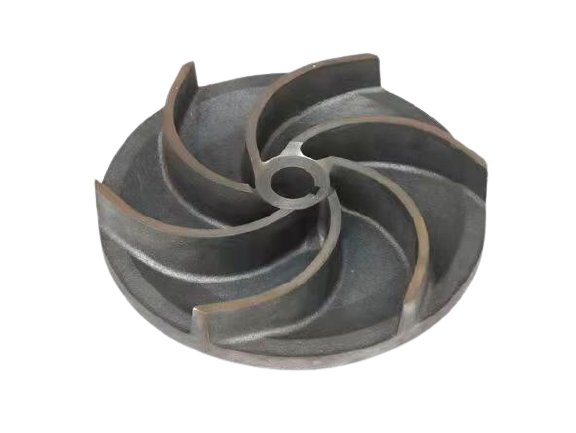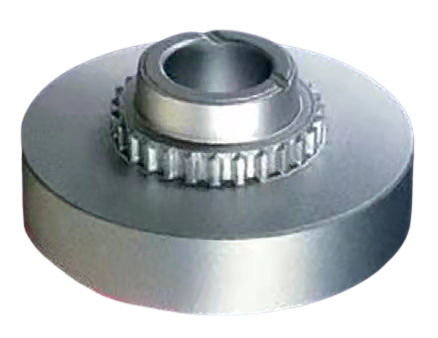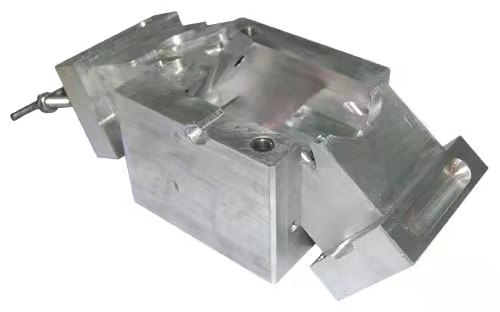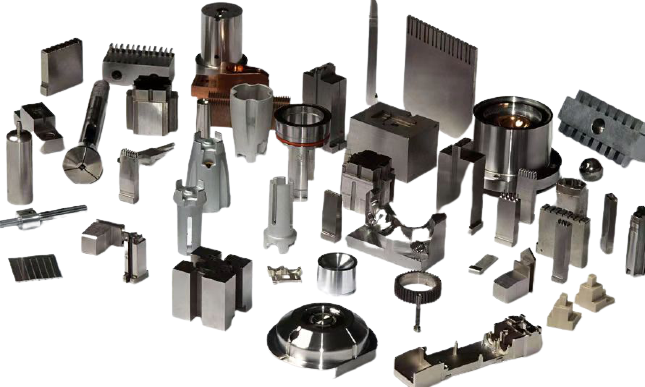Dimensional accuracy of the parts with only a small amount of processing or no more processing after the parts are forged.
There are two main ways to achieve
precision forging forming: refined blanks, that is, directly forging blanks that meet the requirements of
precision machining.
Precision forgings, the whole or some parts of the parts are directly processed by precision forging technology, thereby reducing the amount of machining.
There are many precision forging processes currently used in production.
According to the different forming temperature, it can be divided into hot precision forging, cold precision forging, warm precision forging, compound precision forging and so on.
1. Hot precision forging process
Hot precision forging refers to a precision forging process in which forging is performed above the recrystallization temperature. Because the deformation temperature is high, the deformation resistance of the material during forging is low, and the plasticity is good, so it is easy to form parts with complex geometric shapes.
2. Cold precision forging process
The cold precision forging process is a precision forging forming technology for forging at room temperature. Due to the room temperature forming, avoiding the dimensional error caused by thermal expansion and contraction, the shape and size of the cold precision forging workpiece are easier to control.
At the same time, the surface of the forging does not produce oxidation and burn damage, and has a high surface quality, so the thermal precision The forging accuracy of forging and warm precision forging is lower than that of cold precision forging.
3. Warm precision forging process
Warm forging is a precision forging technique in which the metal is heated to a suitable temperature below the recrystallization temperature for forging.
It has the advantages of hot forging and cold forging at the same time, avoiding their defects, effectively reducing the load of equipment and molds, improving the plasticity and fluidity of the metal, and without forging and annealing.
4. Composite precision forging process
The
composite precision forging process combines cold, warm, and hot forging processes to complete the forging of a workpiece. It can take advantage of the advantages of cold, warm and hot forging and avoid the disadvantages of cold, warm and hot forging.
At the same time, the mechanical properties, dimensional accuracy, and surface quality of the parts produced by the compound precision forging process are improved compared with the parts produced by the single forging technology.
At present, the commonly used composite precision forging processes mainly include warm forging-cold finishing, hot forging-cold forging, warm extrusion-cold forging, warm and hot precision forging-cold extrusion, hot precision forging-cold forging and so on.
